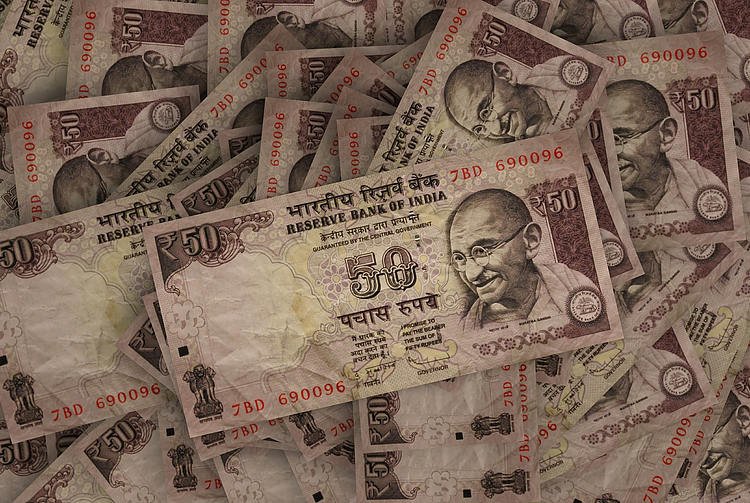The Indian Rupee (INR) maintained a flat trend during Wednesday’s Asian trading hours, with possible interventions from the Reserve Bank of India (RBI) expected to support the currency and lower crude oil prices benefiting India as a major oil-importing nation. However, a stronger US Dollar (USD) and risk aversion may limit the upside potential for the INR. Investors are waiting for the release of the HSBC India Services PMI for fresh market direction.
The World Bank recently revised India’s growth forecast to 7% for the current financial year, highlighting the country’s economic potential. RBI Deputy Governor Michael Patra emphasized the need for sustained economic growth to achieve Prime Minister Narendra Modi’s development goals. Market expectations are positive for the upcoming HSBC India Services PMI report in August, while the US ISM Manufacturing PMI showed signs of contraction in the manufacturing sector.
Technical analysis indicates that the USD/INR pair is in a consolidative mode in the near term, with a longer-term bullish outlook as the price remains above the key 100-day Exponential Moving Average (EMA) and the Relative Strength Index (RSI) indicates bullish sentiment. The psychological level of 84.00 poses a resistance for USD/INR, while support levels are identified at 83.84 and 83.62.
The Indian Rupee is influenced by various external factors, including the price of crude oil, fluctuations in the value of the US Dollar, and foreign investment levels. The RBI plays an active role in stabilizing the exchange rate through interventions in the forex markets and adjusting interest rates to maintain the inflation rate at its target level. Macroeconomic factors such as inflation, interest rates, GDP growth rate, balance of trade, and foreign investment inflows also impact the value of the Rupee.
Higher economic growth rates and inflows from foreign investment can lead to increased demand for the Rupee, while a more favorable balance of trade and higher interest rates contribute positively to the currency’s strength. Conversely, higher inflation rates relative to peers can have a negative impact on the Rupee, as it reflects devaluation and increases the cost of exports. However, higher inflation may also lead to interest rate hikes by the RBI, attracting international investors and supporting the Rupee.











